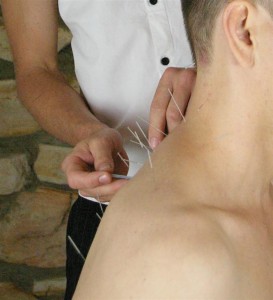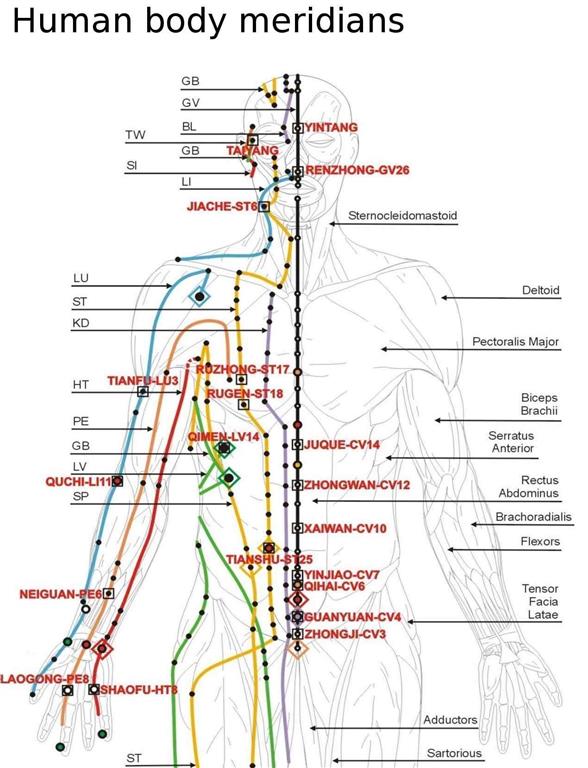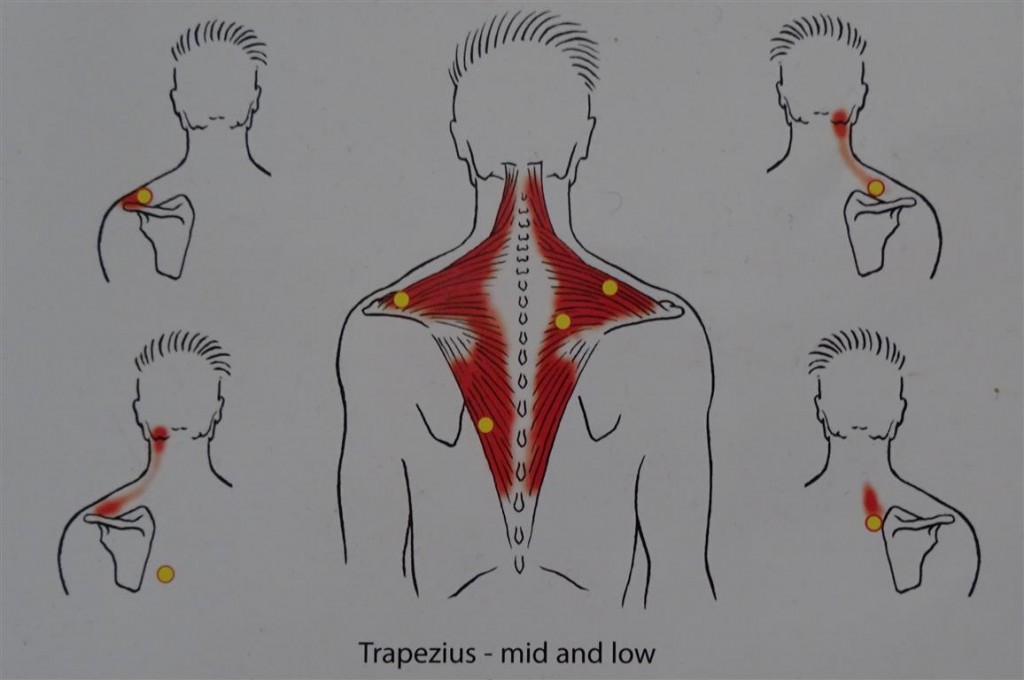In recent times, dry needling has gained momentum as a great alternative treatment for muscular problems. It has some similarities to acupuncture and Traditional Chinese Medicine (TCM). However, it can be quite confusing as to what both methods of treatment entail and what they offer to alleviate pain.
This article explores the difference between acupuncture and dry needling.
Similarities and differences between Acupuncture and Dry Needling
Both acupuncture and dry needling are clinical techniques to relieve pain. Both techniques use very fine, sterile needles. So what is the difference between the two? Basically, it’s the philosophy/methodology associated with both treatments which makes the difference. Acupuncture is based on the holistic system of the ancient traditional Chinese medicine (TCM) principles, and dry needling is based on the knowledge of the musculoskeletal system and is thus is easier for therapists unfamiliar with TCM to utilise.
Other things that distinguish the two are the depth of needle penetration, duration of leaving the needle inside the tissue and the goals to hit the trigger points within the muscle tissue. In general, dry needling involves more vigorous stimulation with shorter penetration time compared to acupuncture. To further illustrate the philosophies and difference and between the two, a brief history of the two treatment styles is given below.
Acupuncture and Its Nature
For over 3,000 years, acupuncture has been an integral part of TCM wherein the philosophy of energy flow within the body is a fundamental principle. If the flow of energy is blocked, particular systems begin to break down and cause problems. The ultimate purpose of acupuncture is to balance the energy or ‘Qi’ in the body. To do this, the use of acupuncture needles clears the blockages so that the energy is allowed to flow unobstructed, thereby restoring the proper balance of the body systems. The ‘energy’ description was used in early translations to explain the system to the Western world. However, this translation has been questioned as being less than accurate. Qi was more properly translated as ‘air’ (or oxygen) instead of ethereal ‘energy’. It appears the ancient Chinese were describing circulation and respiration, lymphatic flow and nerve impulse. Acupuncture and TCM is based on clinical observation and systematic deduction, not on some magical ethereal energy.
A more modern way to think of acupuncture is to compare it to a computer. You have the hardware and software. The hardware is the physical part of the computer: hard drive, processor, power supply etc. The software is the information that runs on top of the hardware. These are your programs and applications that allow you to find out and do things. Without both components the computer is not very useful. You can think of the body as the hardware. The nerve impulses that run through the body can be thought of as the software. These nerve impulses is what acupuncture is affecting and trying to fine tune. If your computer is ‘hanging’ or crashing a lot, one of the best things to do is to restart it. The ‘turn it off and on’ again fix. Acupuncture works like a reboot for the body to fix the problem without needing to repair/replace the hardware (i.e. surgery/drugs).
- Acupuncture uses and is based on the meridian system. This meridian system maps out the flow of energy or Qi across the body to the different body tissues and organ systems. Pain is relieved through stimulating points along particular meridians. One benefit of this is that acupuncture points can be used to affect problematic areas without actually needling the injured site.
- Acupuncture addresses root causes of pain which make the effects of this approach long lasting and stronger. The body is considered an integrated whole, not just a sum of its parts.
- Acupuncture is an outstanding approach to treat pain. Aside from that, it is can also treat conditions which fall into the category of internal medicine such as high blood pressure, digestive problems, flu, anxiety, infertility, etc.
- In general, acupuncture is very relaxing and painless.
- To be a certified acupuncturist, a 4-year university degree in TCM, acupuncture and different needing approaches must be completed.
Learning More about Dry Needling
It is called dry needling because it is derived from an older technique called trigger point injections. These injections were ‘wet’, meaning that they injected a liquid substance through a hypodermic needle. Dry needling uses a needle that does not inject anything and so it was called ‘dry’. It is sometimes called trigger point needling and intramuscular needling.
Dry needling evolved in the late 1930s in the U.K. during attempts to reduce muscular pain by injecting an analgesic (‘wet’) into the problematic muscle. As other drugs were trialled over the years, it became clear that pain relief was in fact dependent on the stimulation of the needle itself, and not on the substance administered.
Dry needling is one of today’s very triumphant clinical treatments used to treat pain and dysfunction. Dry needling basically works with the physiological facet of a muscle. It is utilized to treat myofascial pain syndromes and dysfunction caused by tension areas, muscle spasm and trigger points. Such myofascial pain is the pain rooted on the tender nodules within bands of muscle and may lead to muscle stiffness, weakness, decreased movement and referred or local pain.
Through over use, trauma or even emotional stress we can develop these taut bands of muscle fibres. These are commonly called ‘knots’ and they tend to become ‘trigger points’. They have specific pain referral patterns when stimulated (pressed or squeezed).
The procedure is done through inserting a very thin needle into the trigger point/taut band within the muscle. This will cause a pin-prick sensation as well as muscle twitch and ache. These are expected and normal sensations; the twitch only means that the needle has hit that part of the trigger point.
When the trigger point is deactivated through needle stimulation it will reduce local pain and allow the muscle to return to its normal length. This allows better movement and less agitation of the pain receptors in the muscles.
Dry needling is based on a thorough knowledge of anatomy and the musculo–skeletal system. By releasing the affected structures it aims to bring the muscle back to a balanced state.
Dry needling is very beneficial for localized and specific painful muscles. It is quick and effective. However, if the presenting complaint is of a more complex nature with additional organic disharmony, the effects of dry needling are much more limited.
Bridging of the two techniques/philosophies:
The good news is that acupuncture has been utilizing dry needling techniques for a very long time. It is called ‘Ashi point’ needling or ‘tender point needling’. In a very similar fashion in acupuncture, a tender point – even if not a traditional acupuncture point – will be needled to provide relief in the local area.
Interestingly, dry needling is also changing its approach through observations of the benefit of needling the tendon to get myofascial release and the healing effect of the tendon specifically. This has also been present in acupuncture for a long time. Even though dry needling has come from the modern West and acupuncture from the ancient East, they are both reaching the same conclusion and similar clinical results. They are arriving at the same answer from two different methodologies and philosophies.
In conclusion, both approaches present clinical outcomes that are beneficial to treat muscle pain. If you’re uncertain which between the two is the best for you, why not try both and be the judge?



